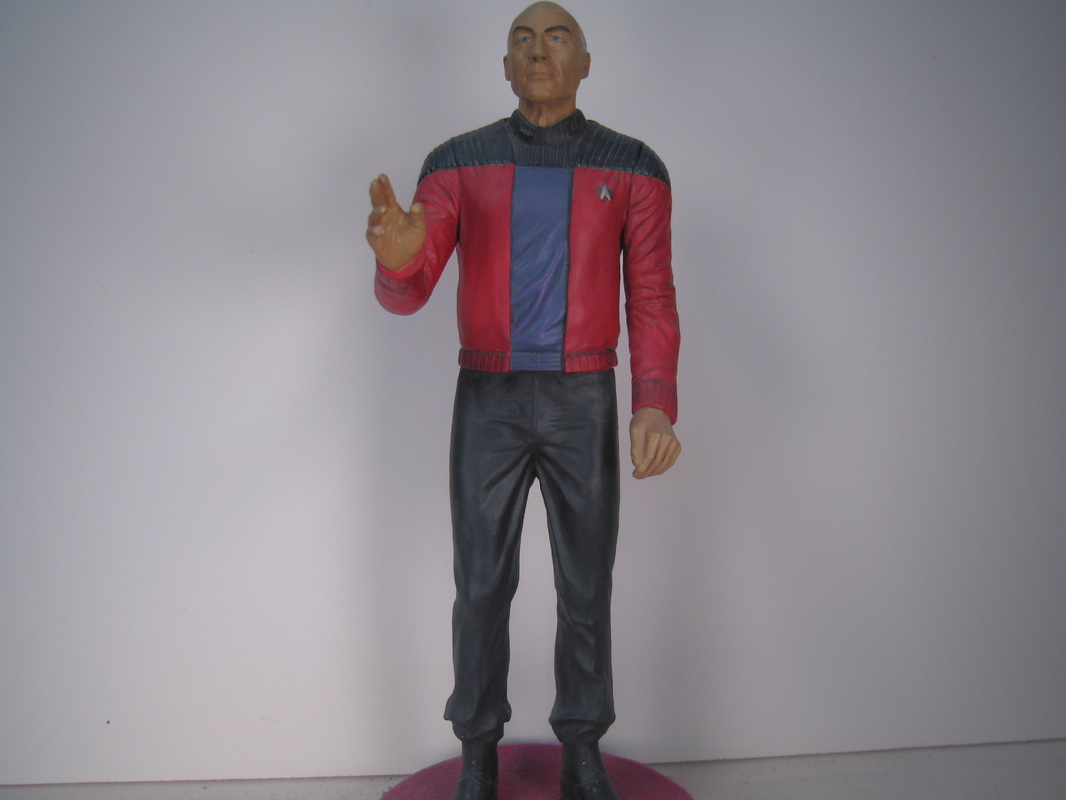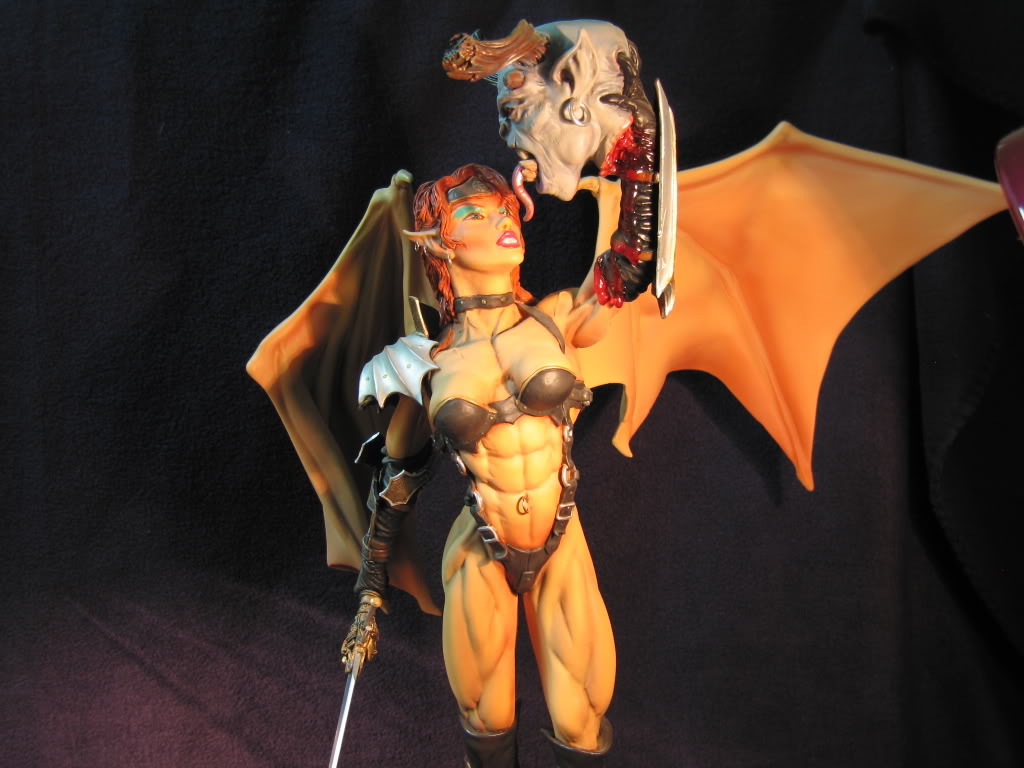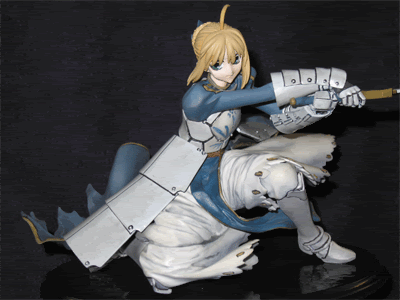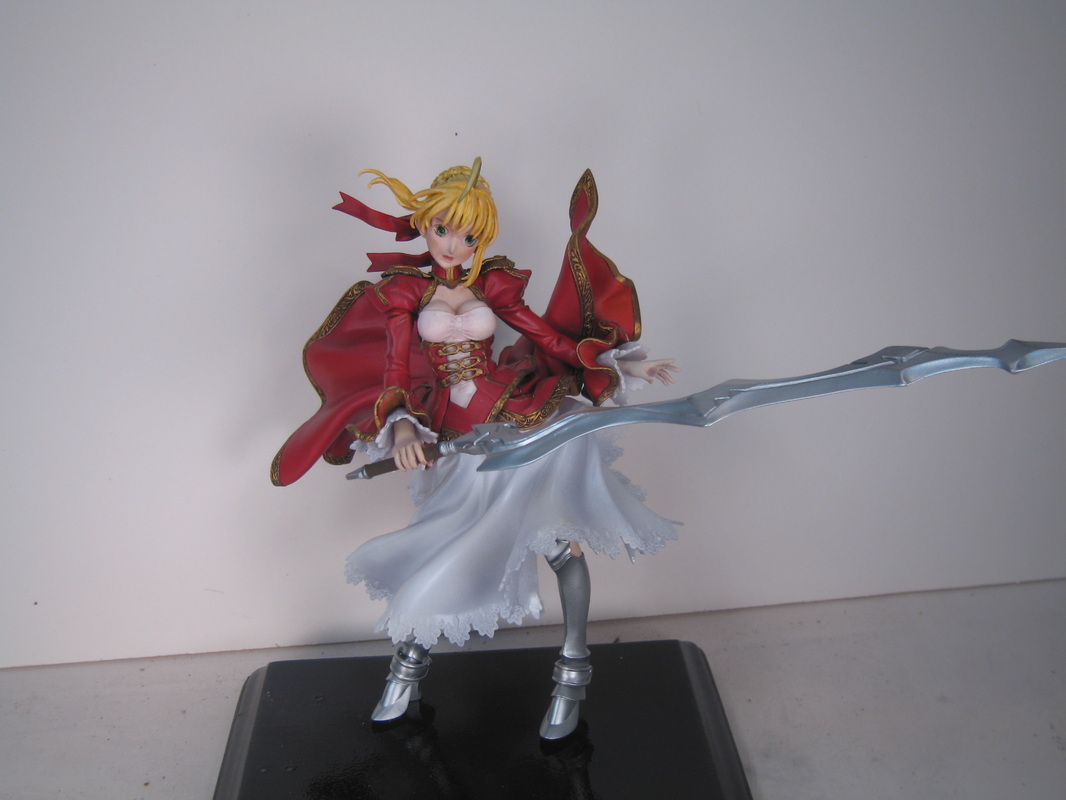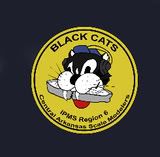What is in a name? Have you ever had the experience where you gained information that changed your entire perspective on a topic or field? Where everything you once thought about a topic changed and there was no going back without the new information influencing every experience. In science this experience would be called a paradigm shift where former explanations of a phenomenon no longer influence the way of seeing the phenomenon because the newer explanations better account for what is seen. In essence it is like Alice in Wonderland. Once she chased the white rabbit down the rabbit’s hole her whole understanding of what was possible and what was reality changed. This experience happened to me when I delved into the realm of figure painting. Once I went down the rabbit’s hole my perspective on how models should look, in general, changed. Hence, the title of the column originally was: Down the Rabbit’s Hole: A Figure Modeler’s Perspective. When I first started writing the column my intention was to share my thoughts on different topics that showed the influence of figure painting on my view of modeling in general. But first, let me tell you about how I went down the rabbit’s hole.
I have been lucky to dabble in the modeling community on and off through times when dynamic changes in the way in which models were finished. These changes represented changes in paradigms. It seemed like every time I re-entered the hobby there was a new way of doing things and a different look to be achieved. There have been shifts in style and methods for completing figures as well. Some of these shifts are defined by geographic region. The Europeans and Americans have their own acceptable style and there has been a merging of styles. Ultimately, the shifts have led to very sophisticated finishing schemes and methods that have produced incredibly artistic looks. The paradigm shifts have also opened the hobby to people who might not have had an interest in modeling and more artists have become involved which, again, expands the different techniques used in the hobby.
For me, the experience occurred when I re-entered the hobby after my children reached an age where our family was no longer inundated with as many child-based activities and there was time available to work on models. I had modeled off and on throughout my life and had a strong affinity toward aircraft. I still do. When I re-entered modeling, I noticed the paradigm had shifted toward high detailing accomplished with aftermarket parts and quickly realized that my previous ways of detailing were unrefined and did not come close to what others were building. I also came to realize that the purchase of an after-market cockpit and other detail sets tripled the cost of building a model. My budget could not afford the building of an airplane unless I was willing to save over the course of a year to purchase a plane and its associated aftermarket parts. I could only afford a model after months of saving and it was disturbing that after I had purchased the model I would not use a major portion of it and have to save more money to replace the discarded parts. The paradigm had shifted to hyper-accuracy and super detail from close enough is good enough and the fabrication of parts.
I was looking through the local hobby shop one day when I had a break from work and found a large number of large figure models on discount and with the model money I had saved burning a hole in my pocket I purchased several inexpensive models. I had never painted a figure model before, other than pilots for aircraft, so I found an article written by Shep Paine on how to paint military figures. I followed his techniques on the Jean Luc Picard model I had just purchased and very shortly later he was done and I thought it looked cool. The picture below is of Jean Luc and represents my first foray into building a large scale figure. It and built in 1997 so there is a certain level of accumulated dust that has settled on it. I actually placed in a local contest with this model!
I made a number of large scale figure models and was technique oriented but really did not know the reasons why I was following the techniques. I had subscribed to a number of magazines that were also technique oriented. One edition of the magazine was just like the other editions and while the models featured were cool and beautiful, the reasons for color selection and methods used were at best glossed over but mainly non-existent. I had to derive meaning by reading between the lines and I developed an overall framework for what I was doing. But really, my understanding was quite simplistic. I was, however, well satisfied with my work. Life imposed itself on me again and I left modeling for about six years and returned more recently. The picture below is of the Dark Angel which was the last model I built during that stage of modeling. Finishing the model was technique driven and I had only an inkling of an idea as to why I was following the techniques. I did not know how to modify the techniques to achieve a desired effect. For that matter, I did not know what desired effects were possible or what I wanted. Any cool effect achieved was truly by accident or some simplistic idea. I also placed with this model at a local contest.
Following the paradigm shift is not for everybody. There is a lot of enjoyment to be had from the assembly of a model and rendering it with tried and true techniques. In fact the finished model can be very nice looking and the process enjoyable. But if you have reached a point in your modeling where a level of staleness is present, I would suggest taking the next step and look into viewing the modeling process differently. I warn you, however, should you start walking down this road and incorporate the ideas related to color theory and artistic rendering, you will have followed the white rabbit down the rabbit’s hole and your whole world will change! The Down the Rabbit’s Hole column is essentially musings from this figure modeler’s perspective on modeling, art, and the world. It is designed to introduce and influence how you see the world and the hobby. I hope you enjoy it but, I warn you, you may change the way in which you view the world and your models!
